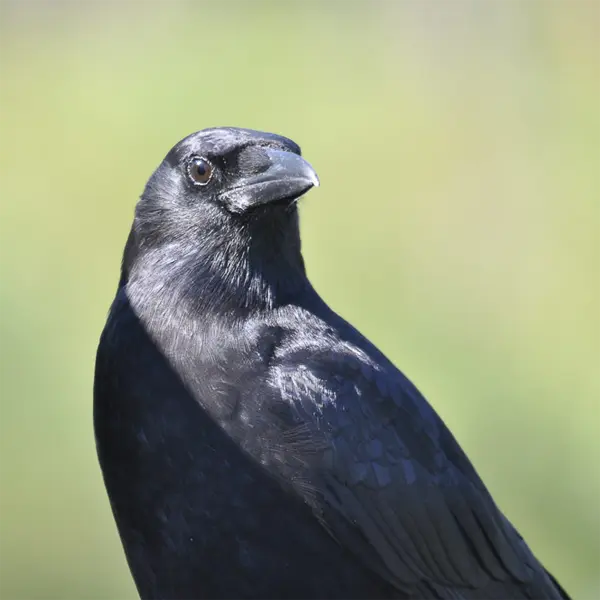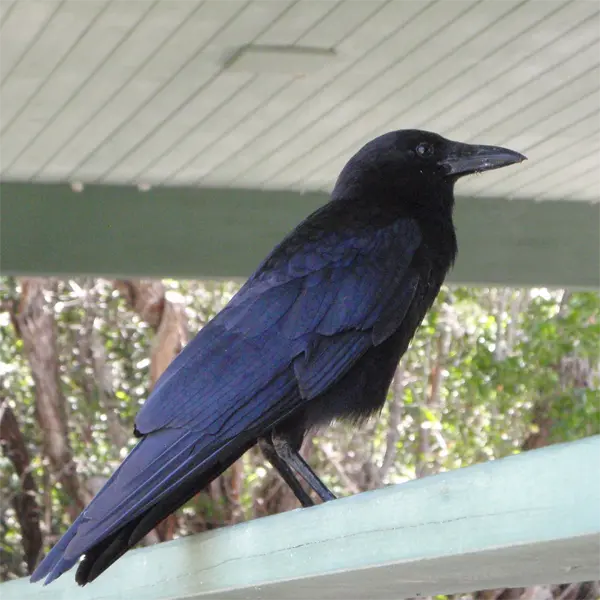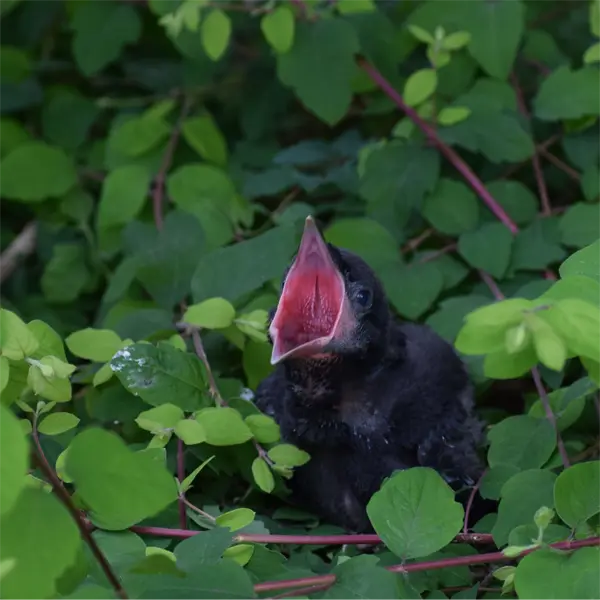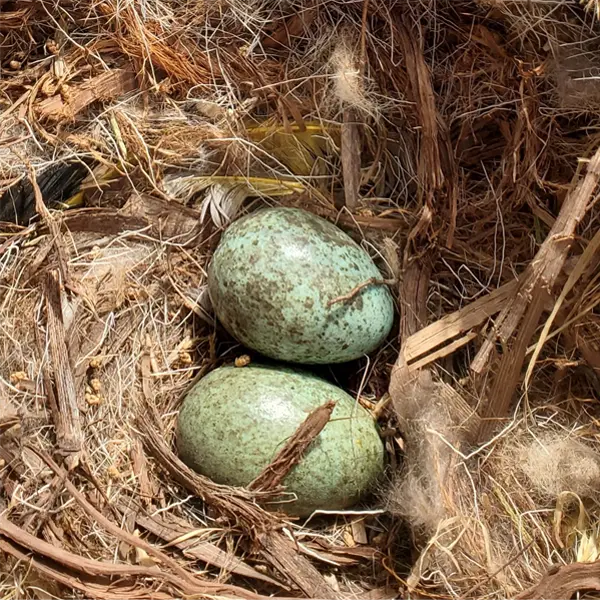American Crow
- Scientific Name
- Corvus brachyrhynchos
- Also Known As
- Common Crow
- Range
- All of Florida
- Diet
- Invertebrates, Carrion, Nuts, Eggs
- Life Expectancy
- 10 - 15 Years
Quick Links
American Crows in Central Florida
The American Crow (Corvus brachyrhynchos) is a ubiquitous bird found throughout central Florida. Often considered a nuisance, American Crows are highly intelligent and exhibit fascinating behaviors when studied closely. This comprehensive guide provides identification tips, biology facts, and prevention methods for managing American Crow populations in central Florida.
Read on to learn about American Crow identification, habits, reproduction, ideal habitat, food sources, health risks, and professional control options if encountering issues with American Crows on your property.
Appearance and Identification
American Crows can be identified in both juvenile and adult plumage by their physical characteristics
Maturation Rate
American Crow chicks develop rapidly, reaching adult size in about a month after hatching. They depend on parental care for up to 5 months as they learn essential skills like identifying food, avoiding predators, tool use, and social behaviors. Juvenile American Crows stay with their family group through the winter after fledging.
Habits and Behavior
American Crows are highly social and intelligent birds that live in familial groups called murders. They engage in complex behaviors like using tools, playing games, and solving problems. Some key American Crow behaviors include:
- Foraging – American Crows scavenge on the ground in short hops. They dig through trash and leaf litter for food.
- Mobbing – American Crows aggressively chase predators or perceived threats by diving and cawing loudly.
- Roosting – Large American Crow roosts form in winter containing thousands of American Crows settling in trees at night.
- Vocalizing – American Crows make various calls like caws, rattles, and clicks to communicate.
- Preening – American Crows spend much time arranging and oiling their feathers with their beak and oil gland.
- Caching – American Crows hide excess food items in scattered caches and retrieve them later for food.
- Tool use – American Crows use sticks and rocks to probe for food and even make tools by breaking off plant parts.
- Playing – American Crows congregate in large groups to slide down snowy roofs and engage in other play activities.
Reproduction and Lifespan
American Crows reach sexual maturity by 2 years old. They form monogamous pair bonds that may last for many years. The breeding season is early spring. Nests are made of twigs and lined with bark, grass, moss, and feathers. Females lay 3-6 pale bluish-green eggs with brown blotches. Incubation lasts 16-18 days. Young fledge the nest at 35 days old but remain with the parents through winter.
American Crows can live 10-15 years in the wild. The oldest known American Crow in captivity reached 29 years old. Their longevity allows them to form complex social bonds and behaviors passed down through generations.
Ideal Habitat and Range
The warm, humid climate of central Florida provides ideal habitat for American Crows year-round. Average temperatures range from the 60s°F (15°C) in north Florida to the 70s°F (21°C) in south Florida. While freezing weather is rare, cool winter temperatures limit insect food. Annual rainfall averages 50-65 inches (1270-1650 mm), supporting dense vegetation.
Native oak hammocks, pine flatwoods, swamps, and coastal mangroves provide nesting sites and cover. Nearby rural pastures, crops, landfills, and urban areas offer plentiful food. American Crows adapt readily to human development and artificial food sources like trash bins and bird feeders. They are abundant generalists across the region in both pristine and degraded habitats.
Diet and Feeding
American Crows have an omnivorous diet consuming both plant and animal matter:
- Insects – beetles, caterpillars, grasshoppers, crickets, etc. Main food source.
- Snails, worms, spiders
- Small vertebrates – baby birds, eggs, snakes, rodents, frogs, lizards
- Carrion from roadkill and other carcasses
- Grains – corn, wheat, rice, oats
- Fruits – oranges, berries, apples, mangos
- Seeds and nuts – acorns, sunflower seeds
- Human refuse – fast food, pet food, trash
American Crows forage primarily on the ground by walking and hopping. They use their beak to probe soil, leaf litter, and other substrates for hidden food. American Crows also glean seeds and insects from vegetation while perching. They are resourceful scavengers that exploit any available food sources.
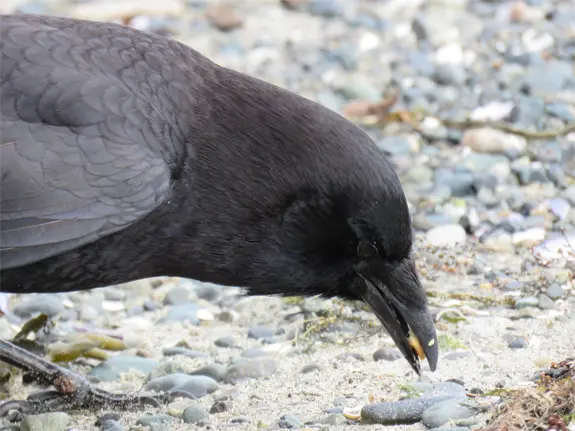
Photo 201162336 © Katrina Martin, CC BY-NC

Common Health Risks
While American Crows can carry various pathogens, the health risks to humans are minimal with proper hygiene and cooking of food:
- Salmonella – Raw eggs or baby birds may contain bacteria that causes food poisoning. Cook poultry thoroughly.
- Escherichia coli – American Crows frequent unsanitary areas. Practicing good hand hygiene is important after contact.
- Avian influenza – Strains in American Crows are rarely transmissible to humans. Avoid bare-hand contact with sick birds.
- Histoplasmosis – Can develop from dried bird droppings after soil disturbance. Wear a mask when cleaning accumulated guano.
For most people, the greatest nuisance posed by American Crows is the noise, mess, and damage caused by large numbers roosting or nesting nearby. Prompt dispersal, exclusion, and population control is key to resolving American Crow issues around homes.
Preventing American Crow Roosts
To discourage American Crow congregations:
- Remove food attractants – Secure trash and eliminate access to pet food, bird seed, and other supplies.
- Use deterrents – Shiny tape, effigies of predators, and noise makers may repel American Crows temporarily.
- Trim vegetation – Prune back trees and shrubs to eliminate roosting sites.
- Harass with water – Use sprinklers on a motion sensor to startle American Crows with spray.
- Install bird spikes and netting – Block preferred perching or nesting spots on buildings.
Professional American Crow dispersal services using lasers, pyrotechnics, and falconry are also effective for large roosts. Excluding their food sources and roosting sites discourages American Crow gatherings long-term.
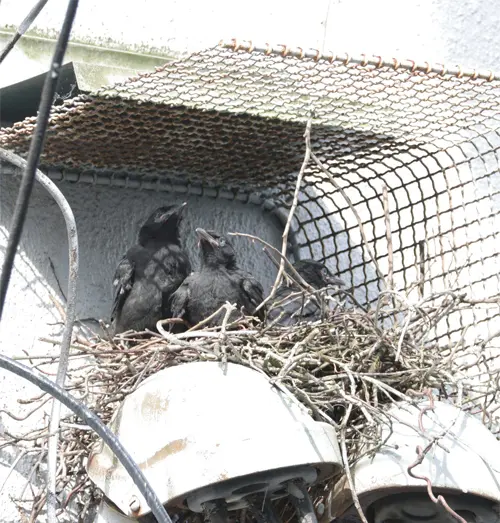
American Crows in Central Florida – Conclusion
With abundant food sources and ideal nesting habitat, American Crows thrive across central Florida’s urban and rural environments. Their intelligence allows them to exploit any opportunity. While American Crows can become a nuisance through droppings, noise, and damage, proactive dispersal, exclusion, and sanitation limits problems.
Understanding American Crow biology and behavior is key to implementing an effective management plan tailored to the situation. Population control traps may be warranted if exclusion fails to resolve a persistent American Crow issue. With an integrated pest management approach focused on prevention, American Crow conflicts can be mitigated humanely and successfully.

